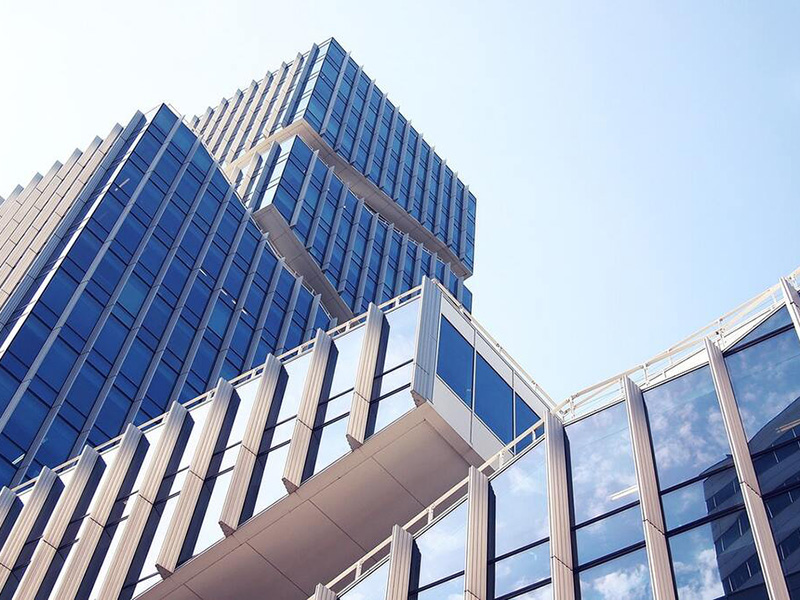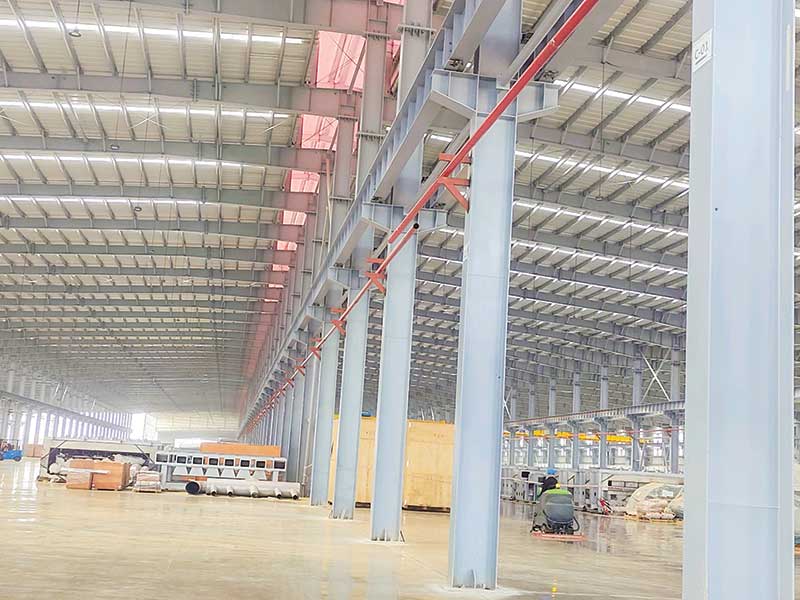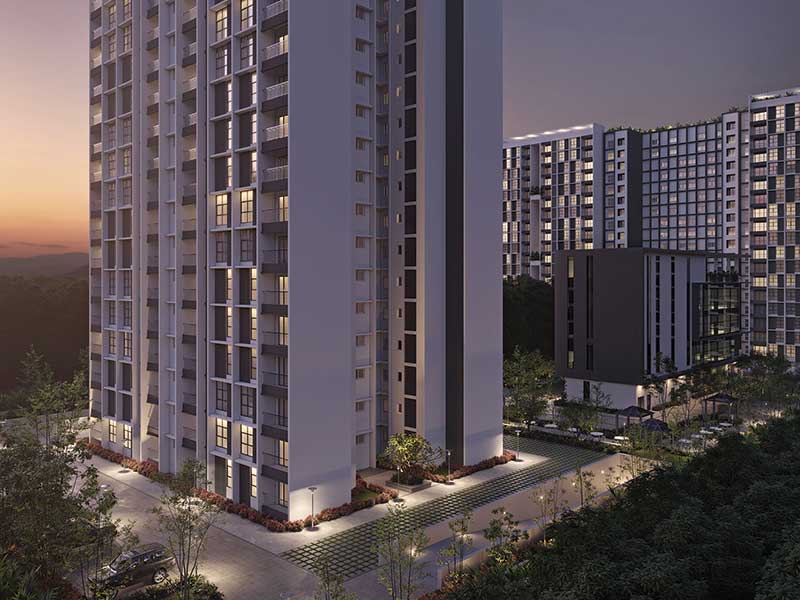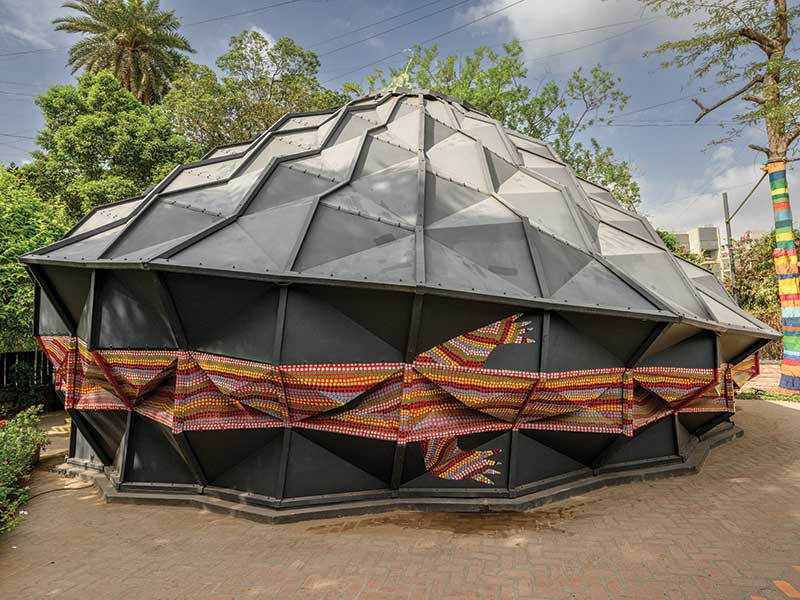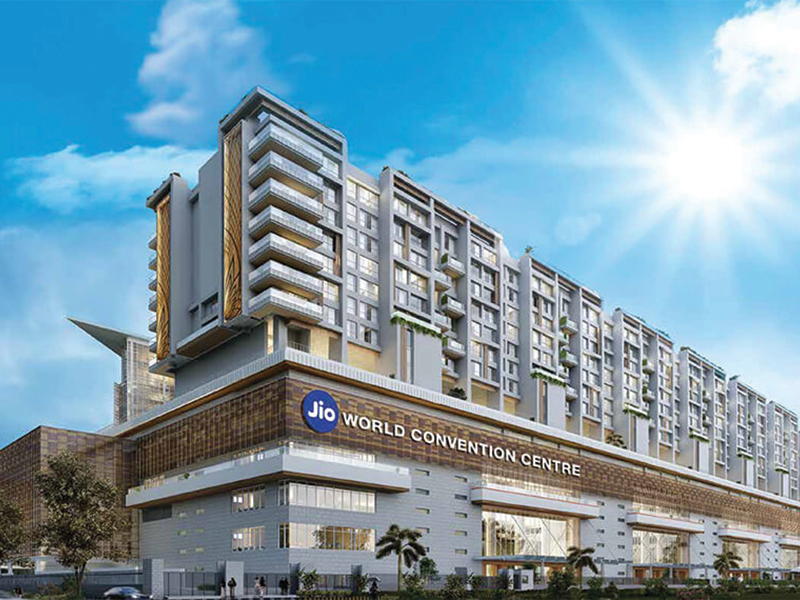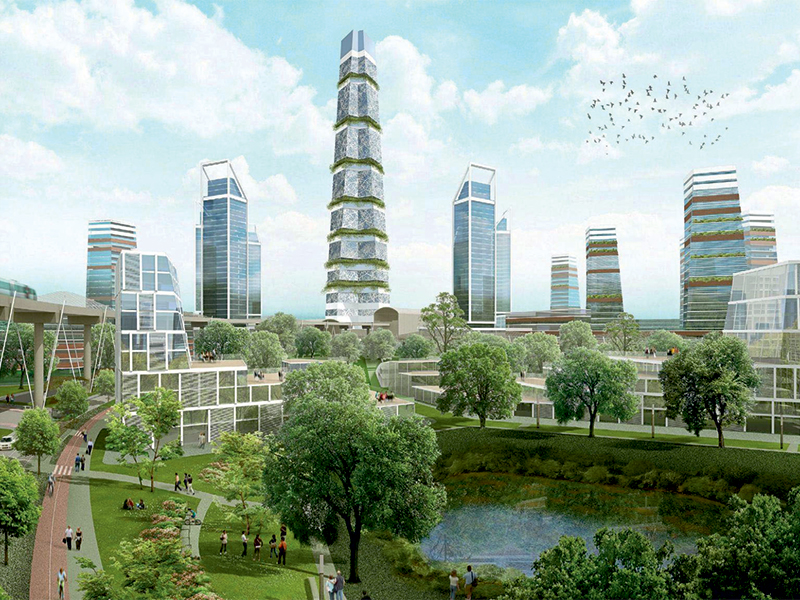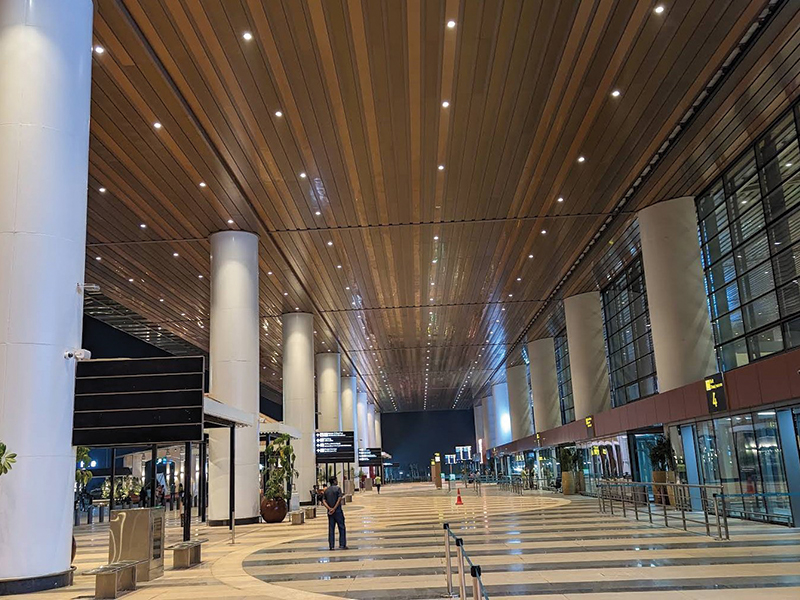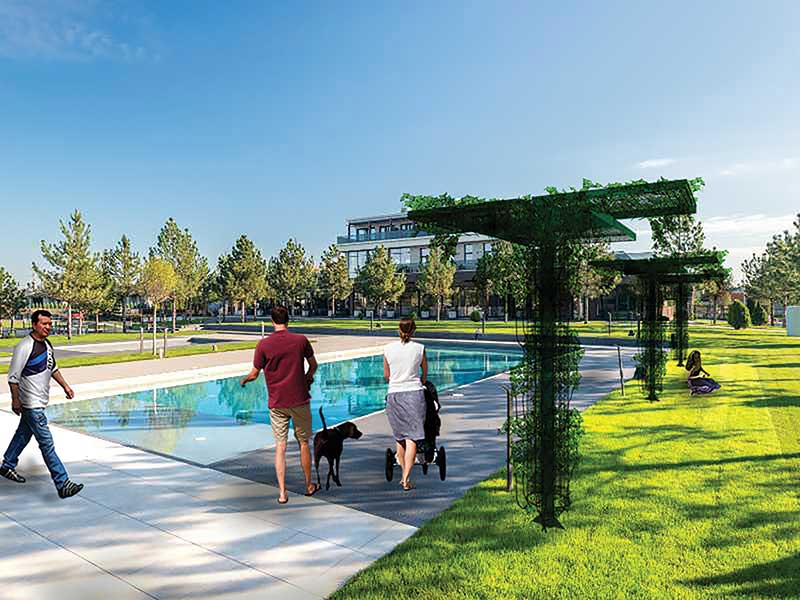
With climate change, energy, water efficiency, and waste management becoming areas of national concern, sustainability and green can no longer be ignored, writes Deepa Sathiaram, LEED Fellow & WELL AP, Executive Director, En3 Sustainability Solutions
In most parts of the world, sustainable developments are slowly replacing traditional construction and building practices in an effort to minimize negative impacts on the environment. In India too, green developments are becoming visible in most cities even though a lot of progress is yet to be made. The early adopters in the commercial and corporate sectors have started working their way to creating sustainable and energy efficient spaces especially in metros like Delhi, Mumbai, Pune, Bangalore and Chennai. While best construction practices are being increasingly employed in the residential sector, sustainability concepts are only beginning to catch on.
Green Home benefits
The immediate and most tangible benefit in a green home is the reduction in water and energy costs from day one and during the entire lifecycle of the building. Energy savings could range from 20–30% and water savings from 30–50%. Green Homes Ratings can also enhance marketability of the project. Intangible benefits include enhanced air quality, daylighting, health and wellbeing of the occupants, safety benefits, and conservation of scarce resources.Green homes link sustainable materials and practices with better human and environmental health, and address key components such as energy efficiency, improved water and resource efficiency, and better indoor air quality. With the dramatic increase in use of chemicals such as paints, varnishes and other synthetic materials inside our homes, the indoor air is more polluted than the outside air. Green buildings require use of non-toxic materials and limit indoor exposure to carcinogens such as formaldehyde present in manufactured wood products and VOCs in finishes.
The 17th electric power survey of India claims that households accounted for 28% of all electricity consumption in the country. The construction industry as a whole would probably account for a significant portion of the rising Green House Gases (GHG) emissions of India. By optimizing our green building designs we can save on oil and gas bills, which are going through the roof and costing the economy precious foreign exchange.
But even as green homes gain in popularity, they are still troubled by the perception of being expensive. Cost is always a relative issue and what is one man's necessity can be another's luxury. Having said that, green homes don't necessarily cost much more than conventional homes.
Go for the low-hanging fruits first
Not all aspects of green involve additional costs, especially the planning and designing of the building, by taking an integrated approach, wherein the architect, client and the green building consultant work closely to achieve the green objective. For example, green homes promote harvesting of natural lighting for each apartment and this can be achieved if planned well in advance. Proper orientation and siting a building with shading devices or optimizing solar exposure are simple and cost effective measures that a builder can take. It is amazing that many buildings are orientated without giving a thought to the sun! Similarly, designing the right location for placement of windows and openings for cross ventilation are basic scientific principles that do not entail any added costs and the benefits derived are huge.The next level of low-hanging fruit is choosing the right building wall material with optimal thermal mass, shading and window-wall ratio. Passive solar design supplemented with optimal thermal mass inside the house stabilizes interior temperatures and takes the extreme fluctuations out of cooling and heating loads.
Cost vs Value
While there is some additional cost burden for builders by going green, very few home buyers are willing to pay for the additional so-called premium. They want the builder to provide all the "green" specifications within the same budget as a regular home; this makes the developer want to do only the bare minimum greening that does not pinch his budget. So it is a chicken-or-egg story.This scenario is likely to change going forward when home buyers start thinking of green homes not as a cost but as an investment that gets more valuable with time. They need to consider the green design positive monthly cash flow, for example, if the savings from energy conservation are greater than increase in the monthly cost of the mortgage or construction loan, then the homeowner can literally make money month after month. Although the payback is a certainty, the time it will take depends on aspects such as future energy and maintenance costs, for example. Most green projects today look at investments which have a payback of 3-4 years maximum and green measures with longer payback time usually do not get implemented.
Passive solar technologies, better envelope materials, energy-efficient fixtures and appliances, and sustainable building materials yield the most bang for the buck by far. CFLs, for example, cost 3–4 times more than incandescent bulbs, but they use a fraction of the energy and can last ten times longer. Solar hot water units have a typical payback of five years or less, making them somewhat affordable. Solar photovoltaic (PV) panels, which supply a home's electricity, can run from around Rs. 1 lakh per kilowatt or more, are yet to reach economic viability and have storage related costs and issues. Most projects today are definitely looking at solar hot water systems. Some large residential developments especially villas are also looking at providing 3-5 kw panel per villa even though the paybacks are still in the range of 5-8 years in many cases without considering incentives or rebates.
Many builders are trying to bring green principles to affordable housing for low-income groups as well. TATA Housing is coming up with several affordable housing developments across India and is pursuing a green rating for all of them. Oberoi Realty Group, Embassy Group, Ideal Group, Orbit Group, RMZ Group among others are going green for several of their high-end as well as mid-market developments. The kind of specifications and green materials being used in these projects depend on the level of green rating as well as the marketability of these projects. Nevertheless, all are striving to reduce energy and water use by using green envelope materials and systems, installation of sewage treatment plants for landscaping and toilet flushing purposes, rainwater harvesting, use of native and drought tolerant landscaping species to reduce irrigation water consumption, low flow but high efficiency toilet fixtures, drip irrigation, organic waste management, composting, on-site recycling etc, and use of materials with high recycled/recyclable content.
Looking to the Future
Moving forward, green homes are set to become more innovative. The race is on to make houses that generate all their power from renewable sources. Internationally, many homes are striving to produce as much energy as they consume, a feature known as "net-zero energy homes". These are ambitious goals for builders trying to adapt to the green mindset. Some are resistant to change, others have already been building green for years but just haven't called it that, while still others are starting out as certified green builders.Greening residential spaces can surely help reduce the overall negative impact on the environment and reverse the practice of unsustainable construction activities while reducing operating costs, enhancing building marketability, while creating spaces that are healthier to live and work in. It is crucial that these aspects of sustainability are addressed by the construction industry at the planning and designing stage.
CASE STUDY: Tata Raisina Residency, Gurgaon
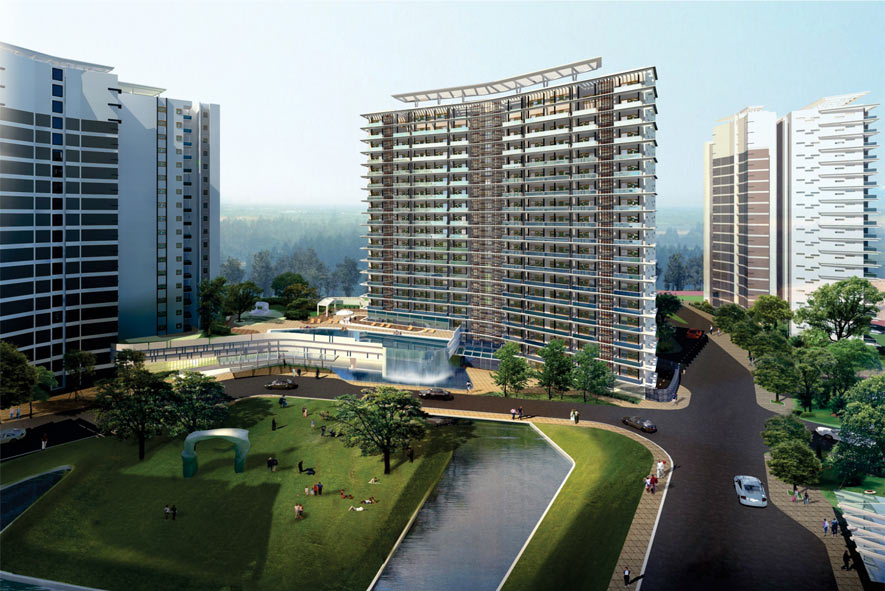
| Occupancy Type: | Homes |
| Completed: | October 2015 |
| Location: | Gurgaon |
| Green consultant: | En3 Sustainability Solutions |
| Rating System: | IGBC Green Homes |
| Rating Achieved | Gold |
- Erosion & Sedimentation Control (ESC) measures pre, during and post construction
- Close proximity to public transportation thereby minimizing pollution and strain on local infrastructure, protects green-field site and preserve habitat and natural resources.
- At least 22% of site area retained for natural topography/vegetated spaces
- 100% of roof areas covered with high reflective material to minimize heat island effect
- Battery charging points for 3% of car parks to reduce emissions from conventional fuels
- Preferred parking spaces, Braille in lifts, ramps for differently abled
- 100% of rainwater runoff from roof harvested
- Total vegetative turf area is 22% and total area planted with drought tolerant is 78%.
- STP of capacity 450 KLD to treat 100% wastewater generated
- 100% of treated grey water used for landscaping
- Water meters for measuring consumption of treated grey water, landscape water, municipal and bore well water
- Low flow flush (4.5/3 LPF) and flow fixtures (shower 6.63 LPM, hand faucet 5.7 LPM and kitchen sink 7.5 LPM) which are 25% and 38% lower than baseline criteria.
- Efficiency approach includes building orientation, envelope, systems, lighting and automatic controls
- CFC free and HCFC free refrigerants avoid global warming and ozone depletion.
- Energy meters for external lights, municipal water pumping, and water pumping for landscaping.
- Level controller in over-head water tanks, energy efficient lift with group control and efficient water pumps.
- 79.8% of the on-site generated construction waste diverted from landfill.
- Recycled content constitutes at least 10.6% of total materials cost.
- Local materials comprise at least 65% of the total material value
- Smoking banned in common areas
- Exhaust systems provided in kitchens and toilets to meet minimum airflow requirement.
- Adhesives, paints, carpets and composite wood products with low VOC content used
- Building flush-out carried out for ten days by keeping all windows open after completion of works using paints, coatings, adhesives and sealants
- Only eco-friendly house-keeping chemicals used.
